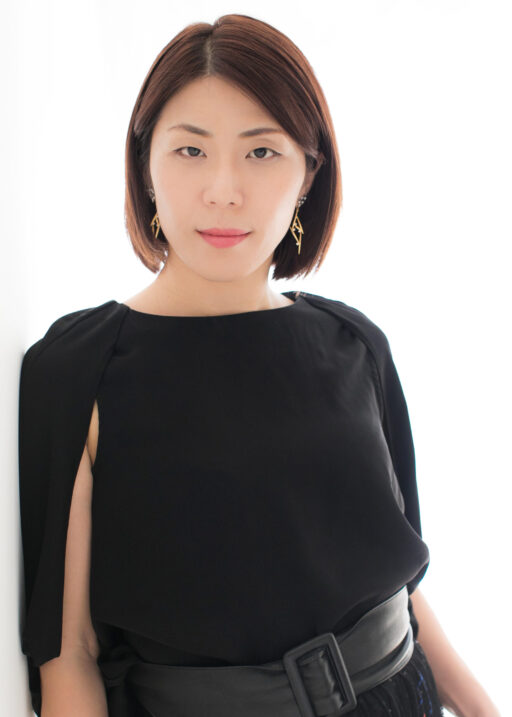In honor of International Women’s Day on March 8, I wanted to learn about, and share with you some fascinating technology and products that were invented by women with the goal of improving lives. It’s likely that these women created their prototypes in their homes, trailblazing along the way. Some of these items I was familiar with, but didn’t know the story behind. We know there are many, many more than just these few. I’m sure there are also some women reading this who will go on to invent and innovate in a life-changing way.
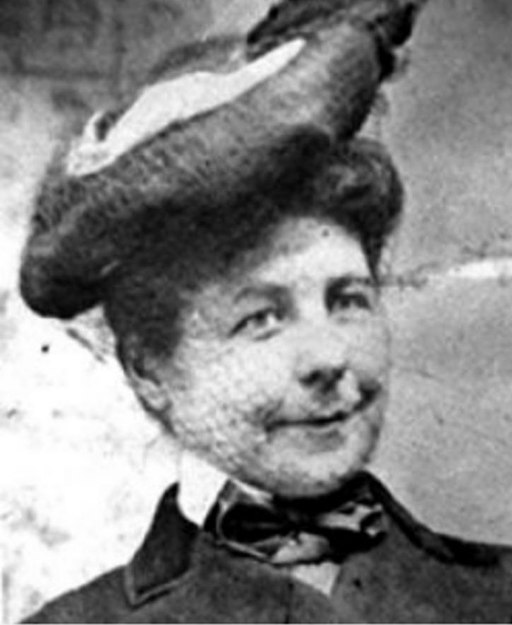
What: Windshield Wipers
Who: Mary Anderson
When: 1903
On a trip to NY, Mary Anderson was riding a streetcar that was facing delays. It was snowing and the driver frequently had to exit to clean the snow off the windshield. Upon returning home to Alabama, Anderson filed a patent application for the windshield wiper which was awarded in 1903. At the time, however, nobody saw any commercial value in the wipers — claiming that the movement would distract drivers and cause accidents. It wasn’t until Anderson’s patent had expired that wipers become standard equipment on cars, but we can all appreciate the value and foresight of her invention!

What: Frequency Hopping Technology
Who: Hedy Lamarr
When: 1941
Brains, beauty and talent! Hedy Lamarr is proof that we can have it all! Lamarr was an Austrian-American actress that invented a new communication system that “frequency hopped” through radio waves. Invented initially to prevent radio wave interception of Allied torpedoes during WWII, the communication system now forms the basis of WiFi, GPS and Bluetooth communication technology.
What: Chrysmela
Who: Eri Kikunaga
When: 2007
Eri Kikunaga invented Chrysmela after she lost an earring she received as a gift from her then-boyfriend. They got in a big fight because of the loss and broke up. Eri then vowed to solve the 5000-year-old problem of lost earrings once and for all. Inspired by the three-point contact system in mechanical pencils, she designed Chrysmela, the World’s Most Secure Earring back, but it was too difficult to make with the level of precision required. After 200 high tech factories said NO, a manufacturing company Number 201 said YES, and a leading market product was born.
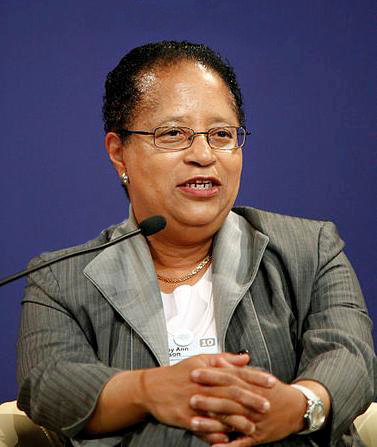
What: Modern Day Telecommunications
Who: Shirley Jackson
When: 1970’s
Shirley Jackson was not only the first African American woman to earn a PhD from MIT, she was also the first African American woman to lead a national research university. She has served as Chairman of the US Nuclear Regulatory Commission under President Clinton and has served on President Obama’s Council of Advisors on Science and Technology. If all of that doesn’t seem impressive enough, Jackson’s research at Bell Laboratories in the 1970s is responsible for laying the groundwork for others to invent the fax machine, touch-tone phone, fiber optic cells, solar cells and caller ID and call waiting.
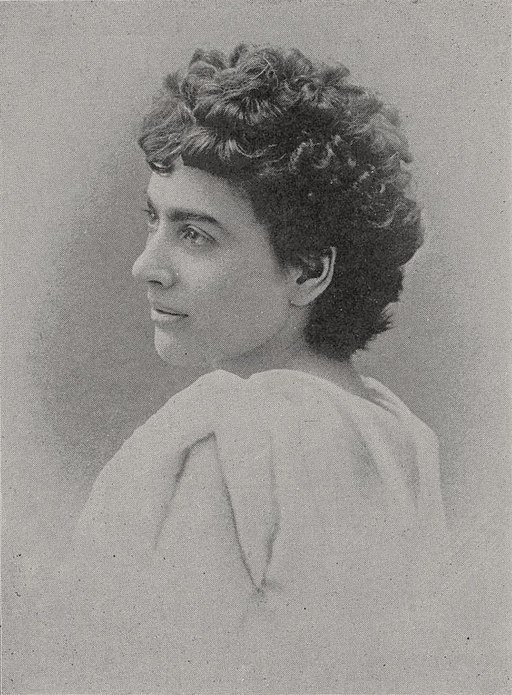
What: Monopoly
Who: Elizabeth Magie
When: 1903
A family favorite, Monopoly, was originally called the Landlords’ Game and was created by Elizabeth Magie to highlight and educate children to the injustices of the land system at the time. Little did she know that Charles Darrow would take the idea and sell it to Parker Brothers. Magie filed a legal claim for the game in 1903. Parker Brothers ended up offering her $500 with no royalties and a limited production of the unsullied version of her game in exchange for her patent. Her status as inventor of the game was accidentally uncovered by Ralph Anspach in 1973 when he was researching Parker Brothers and he has made it a point to tell the truth about what he calls “the Monopoly lie.”
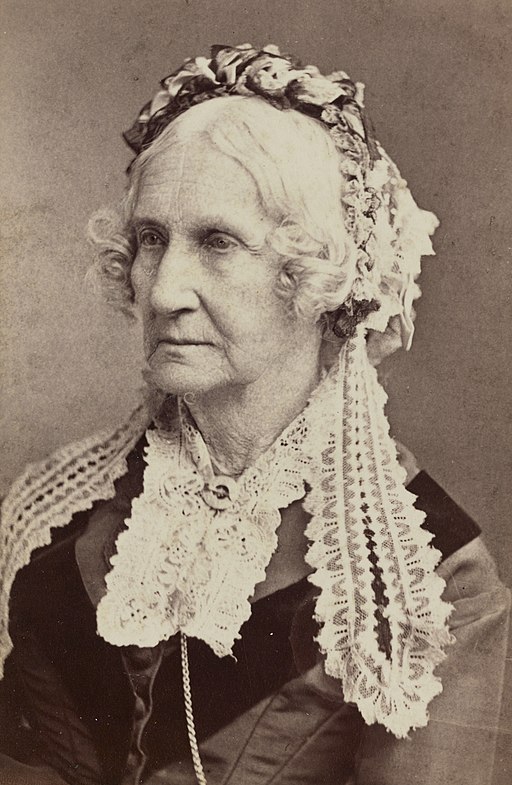
What: Ice Cream Maker
Who: Nancy Johnson
When: 1843
Nancy Johnson was the inventor of the first wooden ice-cream freezing machine. The maker was a manual device that used a crank handle and had an outer layer for crushed ice and an inner tin for the ice cream mix. Johnson received a patent for the device in 1846 but subsequently sold the rights to William Young for $200 who marketed the machine as the “Johnson Patent Ice-Cream Freezer.”
These are all things that have been a part of lives across the globe for years. We are grateful for the brilliant women behind them, and look forward to the next generation of young innovators making big changes in the world around them by solving problems.
Find a Home-Based Business to Start-Up >>> Hundreds of Business Listings.











































